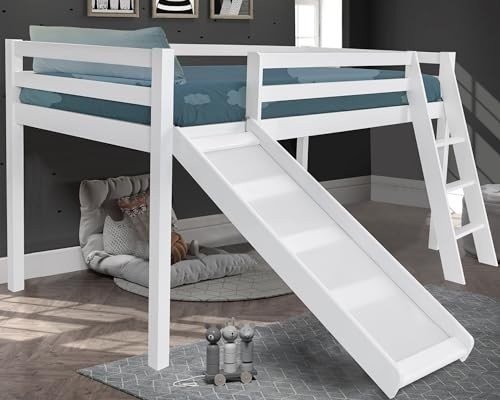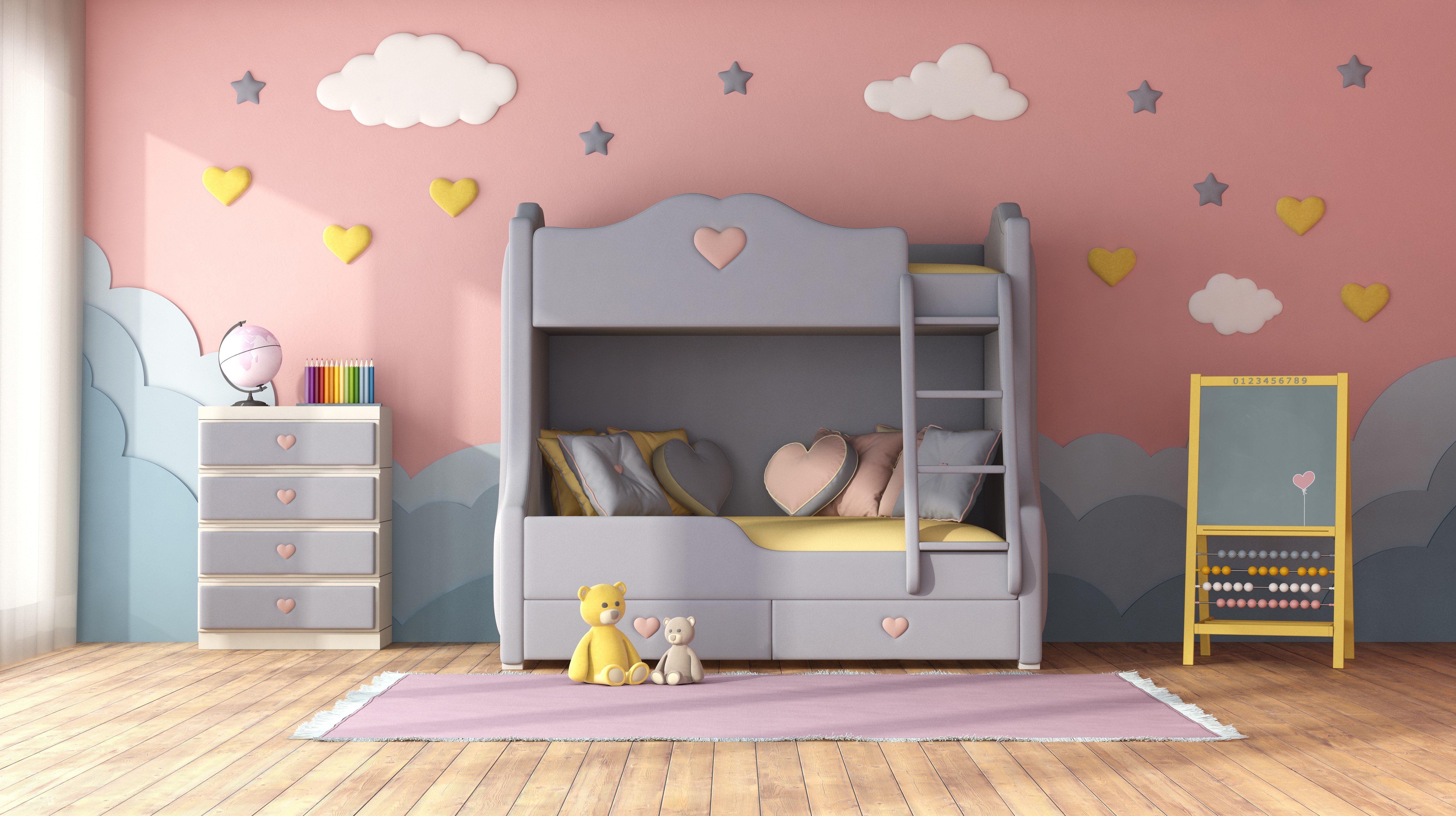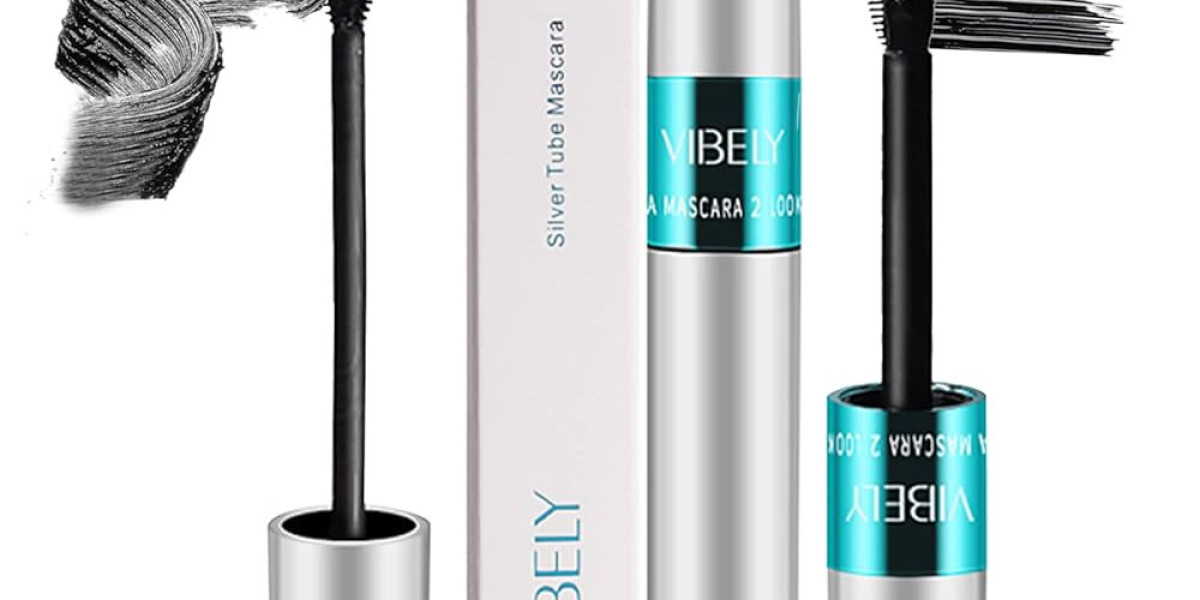
The Ultimate Guide to Bunk Beds for Children: Safety, Styles, and Benefits
When it concerns styling a kid's space, moms and dads often deal with the dual challenge of maximizing space while guaranteeing comfort and functionality. Bunk beds have actually emerged as a popular solution that attends to these needs, offering not just sleeping plans however likewise contributing to a space's aesthetic. In this extensive guide, we will dig into different elements of children's bunk beds, concentrating on their advantages, security features, designs, and factors to consider for moms and dads considering this purchase.
Table of Contents
- Benefits of Bunk Beds
- Safety Features to Consider
- Kinds Of Bunk beds Children's Beds
- Design and Style Options
- Upkeep Tips
- Often Asked Questions (FAQs)
1. Advantages of Bunk Beds
Bunk beds use various advantages for children and their moms and dads. Here are some key advantages:

Space-Efficiency: Bunk beds are an outstanding service bunkbeds for sale smaller sized rooms. By stacking one bed on top of another, more floor space is available for play, storage, or research study locations.
Cost-Effective: When children share spaces, bunk beds can reduce the requirement for purchasing 2 different beds, thus saving cash.
Promotes Social Interaction: Bunk beds can help siblings or pals bond by sharing a space, producing opportunities for social advancement.
Fun Factor: The principle of sleeping "up high" includes a playful element to bedtime, making the transition to sleeping alone much easier for some kids.
Versatile Design: Bunk beds are available in numerous designs, colors, and develops to match any space style, enabling for personalization that shows the kid's character.
2. Safety Features to Consider
Safety is vital when it comes to kids's furniture, particularly in the case of bunk beds. Here are some important safety functions to evaluate:
| Safety Feature | Description |
|---|---|
| Strong Construction | Frames made of solid wood or metal are chosen. |
| Guardrails | Must be at least 5 inches high and extend along both sides of the upper bunk. |
| Ladder Design | Make sure ladders are firmly connected and have non-slip actions. |
| Mattress Size & & Fit | Should fit comfortably within the frame to prevent spaces. |
| Weight Limit | Constantly adhere to the maker's weight limit suggestions. |
3. Types of Bunk Beds
Bunk beds come in numerous designs, dealing with numerous needs, preferences, and space sizes. Here are some common types:
Standard Bunk Bed: The most standard type, with one bed on top of another.
Loft Bed: Features a high upper bed with space below for a desk or play area.
Futon Bunk Bed: Combines a top childrens bunk beds uk with a futon on the bottom, offering versatility for seating and sleeping.
L-Shaped Bunk Bed: This design has the top bunk set at a perpendicular angle to the bottom, creating a small corner location.
Triple bunk bed sales Bed: Accommodates 3 kids utilizing stacked beds, suitable for large households or sleepovers.
4. Design and Style Options
When it concerns picking a style for children's bunk beds, the choices are essentially unlimited. Here are some popular styles:
Traditional Style: Often made from wood, these bunk beds feature elaborate information and are ideal for classic or rustic-themed spaces.
Modern Style: Characterized by tidy lines and minimalist styles, contemporary bunk beds can be made of metal or wood.
Themed Bunk Beds: Some brands use bunk beds formed like castles, cars, or playhouses, making bedtime less of a task.
Convertible Bunk Beds: These can be separated into two specific beds, providing flexibility as kids grow.
Colorful Options: Bunk beds in dynamic colors can add a sense of joy and playfulness to any space.
5. Upkeep Tips
Preserving a bunk bed is crucial for longevity and security. Here are some pointers:
Regular Inspections: Check for loose screws or bolts every few months and tighten them as required.
Cleaning up: Wipe down frames routinely to prevent dust accumulation; think about using a vacuum for hard-to-reach areas.
Mattress Care: Rotate mattresses frequently and utilize protective covers to prolong their life.
Look for Wear and Tear: Look for any indications of damage in the wood or metal and consider changing parts if needed.
Teach Kids Safety Rules: Encourage kids to use ladders appropriately and ensure they understand the safety features of their bed.
6. Frequently Asked Questions (FAQs)
Q1: What age is appropriate for sleeping in a top bunk?
A1: Typically, kids aged 6 and older are advised for upper adult bunk bed sleeping, as they have the essential motor abilities to climb safely.
Q2: Do bunk beds include a mattress?
A2: Most bunk beds are offered as frames just, so you will need to purchase mattresses independently. Make sure that the mattress fits the frame snugly.
Q3: Can bunk beds be separated later?
A3: Many styles enable conversion into two individual beds, supplying versatility for future requirements.
Q4: How can I ensure my child's security on a bunk bed?
A4: Comply with safety standards and guarantee guardrails, a sturdy frame, and a protected ladder are in location.
Q5: Are there weight limitations on bunk beds?
A5: Yes, constantly examine the producer's requirements concerning weight limits to ensure security.
Bunk beds for children can serve several functions while making sure security and style. With diverse styles and models readily available on the market, parents can discover a system that not only optimizes bedroom space but also reflects their kid's distinct tastes. Similar to any furnishings, understanding safety functions, upkeep, and how they suit a child's lifestyle will ensure that these beds stay a useful furniture option for several years to come.
Through mindful consideration and adherence to safety standards, bunk beds can provide a long-lasting, enjoyable, and functional sleeping service that kids like.






